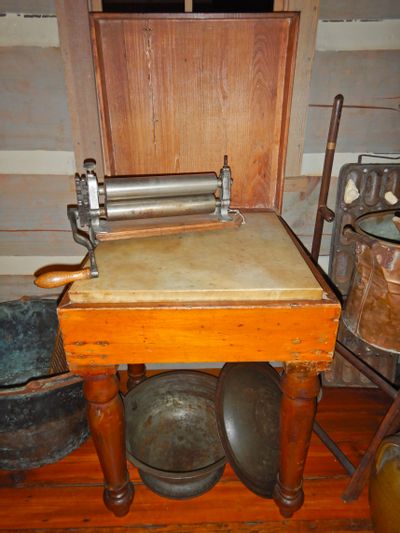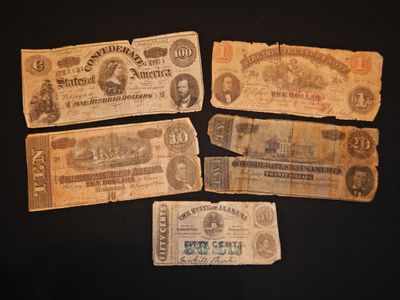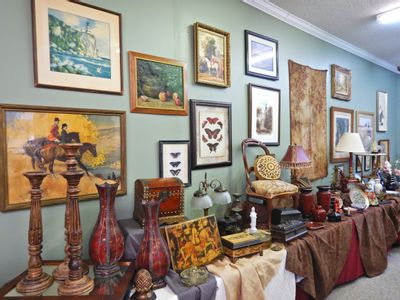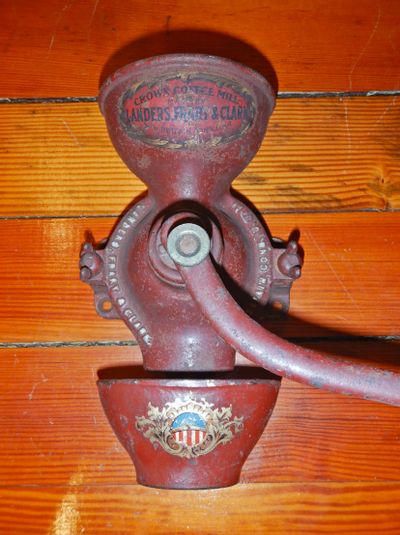Appalachian Cane Chairs on Display
Last Updated 1/2/2024
By Jubilee P. Reid

In Gallery One of the McMinn County Living Heritage Museum is an exhibit of Appalachian caned chairs. This display features 25 antique chairs including a highchair, rocking chair, and stool, as well as baskets. Most of the chairs on display are from the mid 1800’s with the oldest one dating to circa 1790. Some of the chairs are made of woven flat reed, with the exception of two rattan chairs, and two made of fibre rush.
Historically, the most common material for caning was rattan palm. Round and flat reed can be obtained from the hundreds of species of this plant. Rattan is native to Southeast Asia. Cane has been used to make baskets and furniture since ancient times. A woven cane bed from 1323 B.C. was found in King Tutankhamun’s tomb in Egypt. Records of cane furniture in India date to A.D. 150 and a cane coffin was excavated from a Peruvian grave dating to A.D. 750.
Cane furniture came to Europe around the mid 1600’s due to trade with Asia. Many Western European countries, particularly England and the Netherlands, had colonies in Southeast Asia where rattan was harvested. Trade organizations such as the London-based East India Company were instrumental in importing cane furniture and the rattan palm needed to produce it. Wealthy and poor alike, including European royalty, used cane furniture. Though the upper class had more ornate pieces, the construction methods were the same. The furniture was made by weaving a seat and back onto a wooden frame. The frame could be ornately carved as was common of many chairs belonging to the upper class.
Cane furniture is suitable for many climates and its use spread around the globe to the many English and Dutch colonies. This convenient furniture-making method traveled to North America with the colonists. Even the council chamber in Williamsburg, Virginia was furnished with elaborate cane chairs in the early 1700’s. In Appalachia, readily available tree bark such as hickory was commonly used instead of imported material. Beginning in the 1870’s, cane webbing was produced on mechanical looms. It was sold in fabric-like sheets or rolls and cut to fit. It is still popular today. In the early 1900’s a new material, fibre rush, began being used as an alternative to natural bulrush or cattail. It is an artificial rush made by tightly twisting rough paper into a strong, approximately 1/4-inch-thick cable. It has a much more consistent look than natural rush and is less expensive.
The oldest chair on display is a fibre rush chair with an elaborately carved wooden back. This chair dates to approximately 1790. It is likely that the current seat is not the original for this chair as fibre rush was not used prior to the 20th century. Chair seats wear out after years of use and would be replaced with a new seat, which is likely the case with this chair.
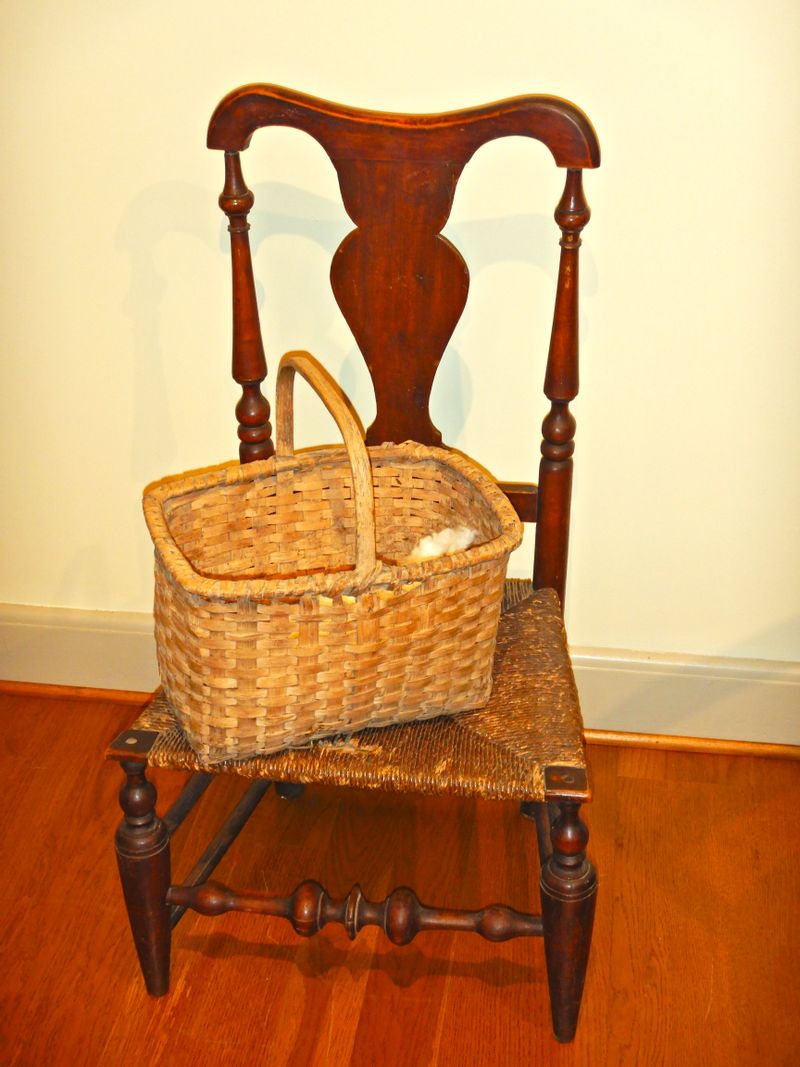
There is also a set of six mule’s ear chairs from the 1830’s on display. Mule’s ears chairs are said to have gotten their name from the backs resembling ears on a mule. The Woody family of Mitchell County, North Carolina began making mule’s ear chairs using local materials in the early 1800’s. Using the barter system, which was typical for the time, they traded the chairs for household goods. Later they began shipping them to larger cities for sale.
Also on display is a mid-1800’s maple ladderback chair with a flat reed seat. At some point in the past, a flower motif was painted on the back slat. This chair was once in the Meigs County Masonic Lodge #213 in Decatur, Tennessee.
Another chair with an interesting history is an 1840’s rocking chair. The seat is woven from narrow strips of cane, painted white, then later painted green. According to the donor, this chair was made by enslaved people at the home of John Franklin Shearman (1805 – 1888) in Niota and was passed down through the family. John Shearman was the first owner of the Shearman House, which was built between 1846 and 1849. It was purchased in 1914 by the family of Harry T. Burn and renamed Hathburn. The house is a private residence today. This rocking chair was likely used on the front porch of Hathburn House.
Also on exhibit is a large rocking chair with a flat reed woven seat and a footrest. Dated between 1860 and 1870, this chair is from Bibb County, Georgia. It has a tall back with five slats. One of the rattan chairs on display is a 32-inch-tall highchair with seven finely carved supports on the back. The seat is made of rattan cane webbing. This highchair is from around 1880 and is on loan from Thomas Biddle of Athens. It has been in his family for many years.
Caning is a practical and affordable furniture making method which has spanned millennia and continues to be used today. Come to the museum to see these antique pieces of cane furniture on display until January 26, 2024.



